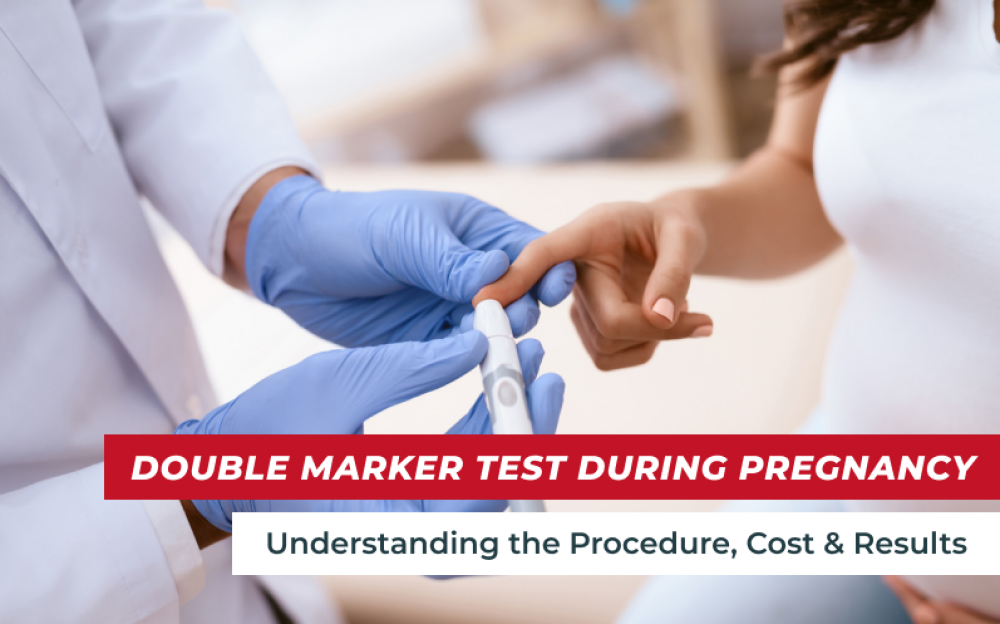

The double marker test is a screening test performed during pregnancy to assess the risk of certain genetic conditions, such as Down syndrome and trisomy 18. The test measures the levels of two specific substances in the mother's blood: human chorionic gonadotropin (hCG) and pregnancy-associated plasma protein A (PAPP-A).
1. Blood Sample:
The double marker test involves a simple blood draw from the mother's arm.
2. Measurement of hCG and PAPP-A:
The levels of hCG and PAPP-A are measured in the blood sample.
3. Risk Assessment:
The levels of hCG and PAPP-A are used to assess the risk of certain genetic conditions.
1. Low Risk:
Low levels of hCG and high levels of PAPP-A indicate a low risk of certain genetic conditions, such as Down syndrome and trisomy 18.
2. High Risk:
High levels of hCG and low levels of PAPP-A indicate a higher risk of certain genetic conditions, such as Down syndrome and trisomy 18.
3. Further Testing:
If the double marker test results indicate a higher risk of certain genetic conditions, further testing may be necessary, such as chorionic villus sampling (CVS) or amniocentesis.
It is important to keep in mind that the double marker test is a screening test and not a diagnostic test. A positive result does not necessarily mean that the baby has a genetic condition, but rather that further testing is necessary to determine the presence of any conditions.
In conclusion, the double marker test is a screening test performed during pregnancy to assess the risk of certain genetic conditions, such as Down syndrome and trisomy 18. The test measures the levels of two specific substances in the mother's blood and the results are used to assess the risk of certain genetic conditions. The cost of the test varies, and further testing may be necessary if the results indicate a higher risk of certain genetic conditions.